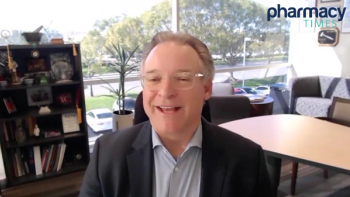
What's the Real Culprit Behind High Drug Costs?
Much attention has been paid to the high cost of certain drugs.
Much attention has been paid to the high cost of certain drugs. However, some argue that drugs aren’t really expensive when you consider the risks involved in developing a new medication, as well as the costs incurred in bringing it to the market.
Drug costs still only comprise about 10% of total health care costs with little change over the recent years, even though a number of blockbuster drugs have come to the market that cure some major illnesses that were untreatable in the past. This has led some to suggest that drugs are actually the best health care bargain available.
Most recently, the news channels have focused on the
As I look at the EpiPen issue, I wonder whether the problem is nothing more than greed. Companies have the right to make what they can, but I have the choice to decide whether I want to support them by buying their product. In the case of EpiPens, consumers didn’t really have a choice until recently, when Mylan offered a generic option at half the cost of the brand product.
A recent action taken by Allergan CEO Brent Saunders may support my suggestion that the real culprit behind the high drug costs is greed. Saunders recently issued a manifesto promising to avoid “price gouging” as part of a “social contract” with the public.
In speaking to the blog Pharmalot, Saunders stated:
I’d welcome competition on who has the strongest social contract because I think it’s good for the overall biopharma industry. I can solve the problems of my own company, and I think we made a tremendous first step, but there will continue to be an evolution...I really do hope other big pharma companies, in their own way, will at least take the time to step back and reflect. We can all learn from each other and challenge each other. We risk capital to pursue innovation and produce needed products. But there’s also social responsibility in terms of affordability and price.
This seems like a great first step for the industry as a whole to take if it wants to improve its public image. On Tuesday, August 30, 2016, the blog Stat: The Readout reported that the “majority of Americans view drug makers negatively, putting the industry’s popularity at a 15-year low, at least. Americans even have a higher opinion of lawyers. And of oil companies.”
Public opinion won’t turn around easily and quickly, but when drug companies start recognizing that they have a social contract with the public and acting accordingly, it can change. At least then I’d have a much harder time trying to blame greed for the high cost of some drugs.
Newsletter
Stay informed on drug updates, treatment guidelines, and pharmacy practice trends—subscribe to Pharmacy Times for weekly clinical insights.














































































































































































































